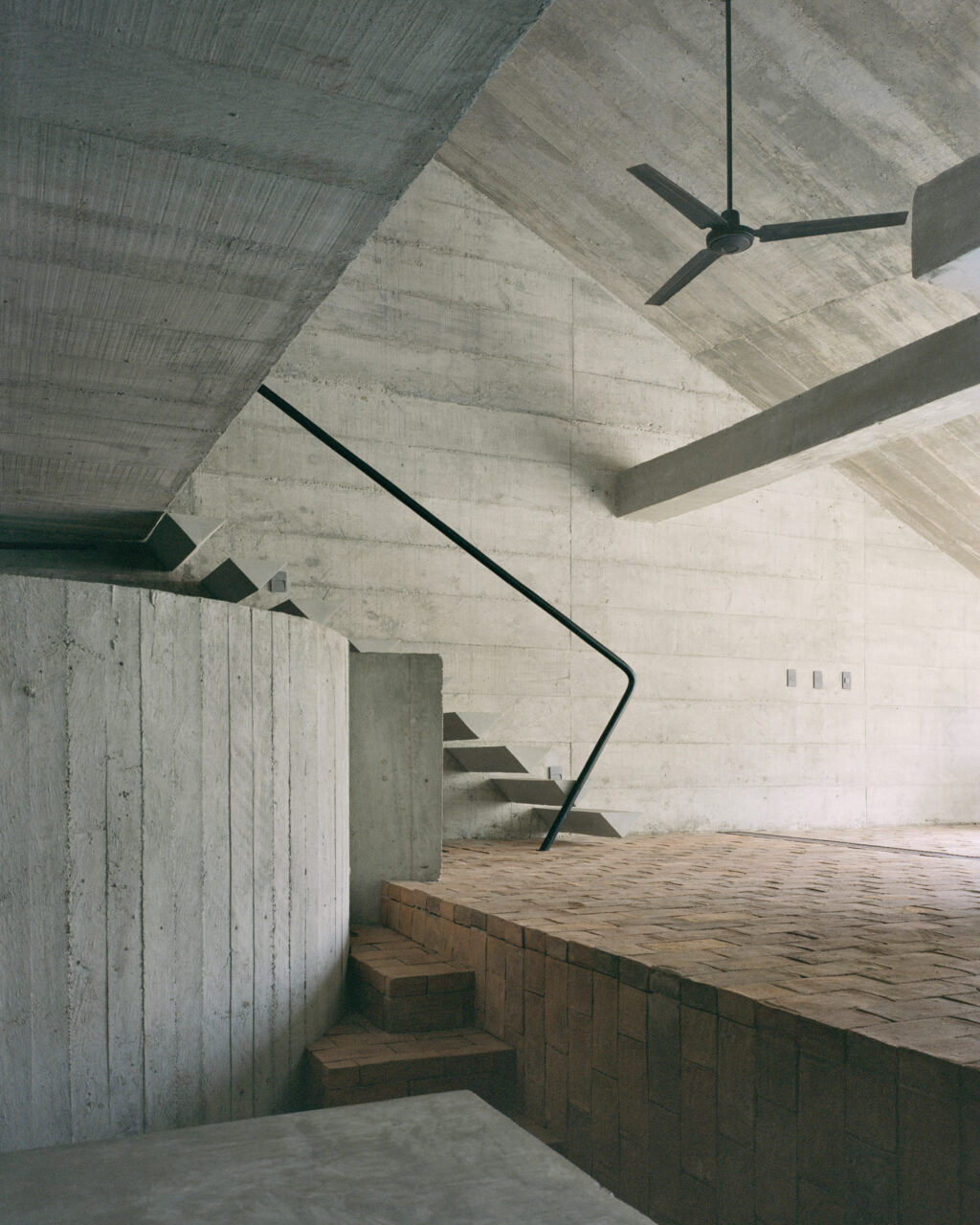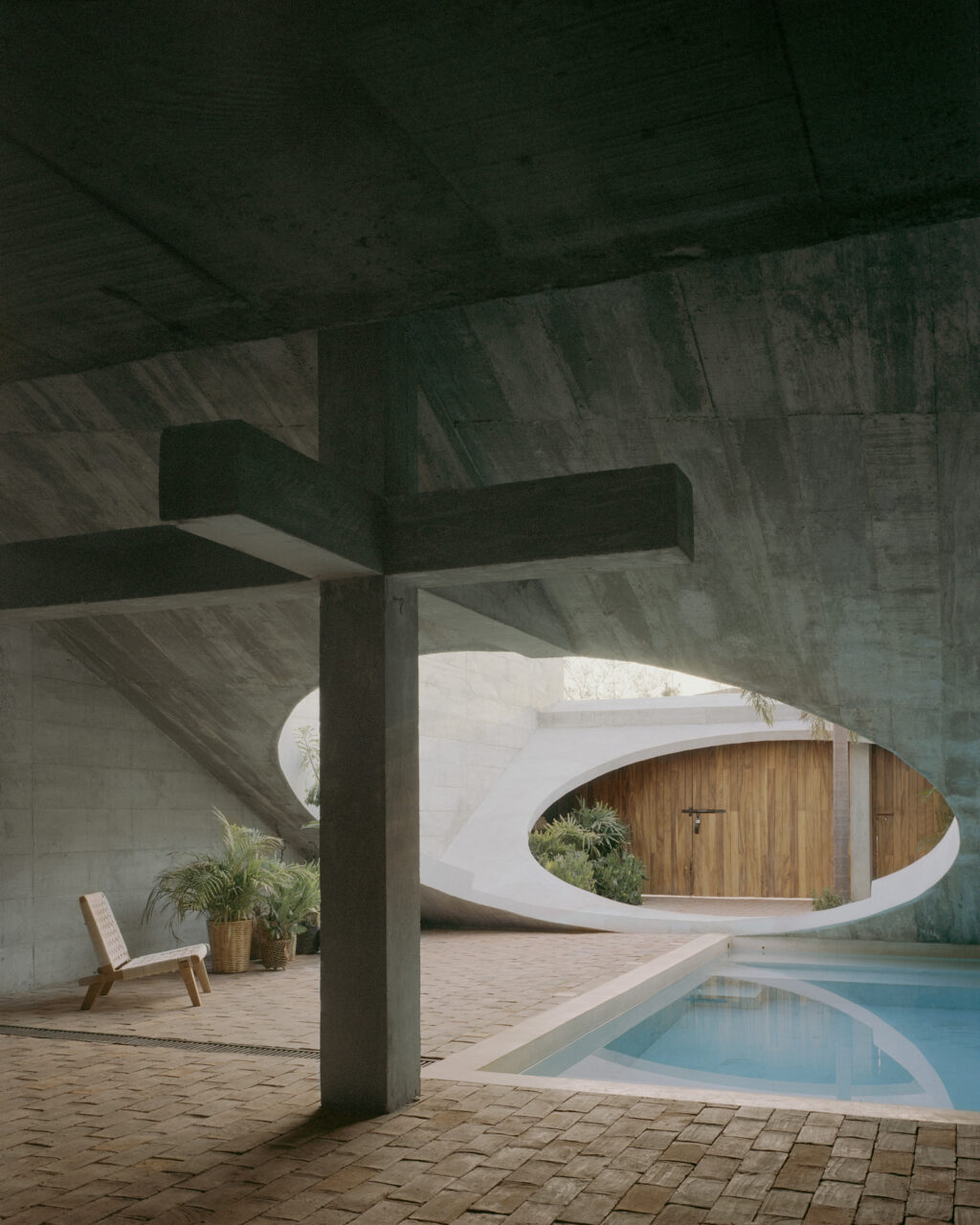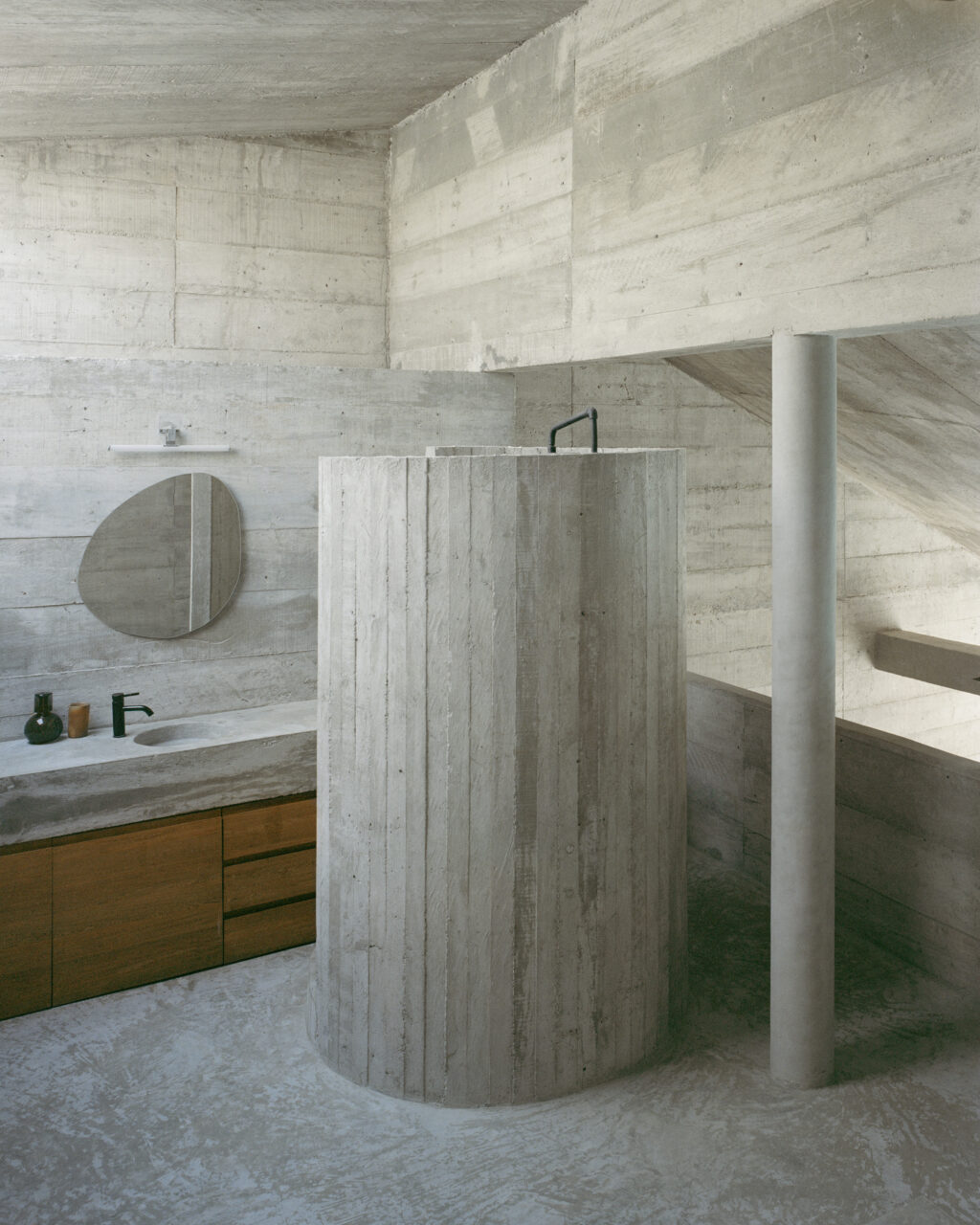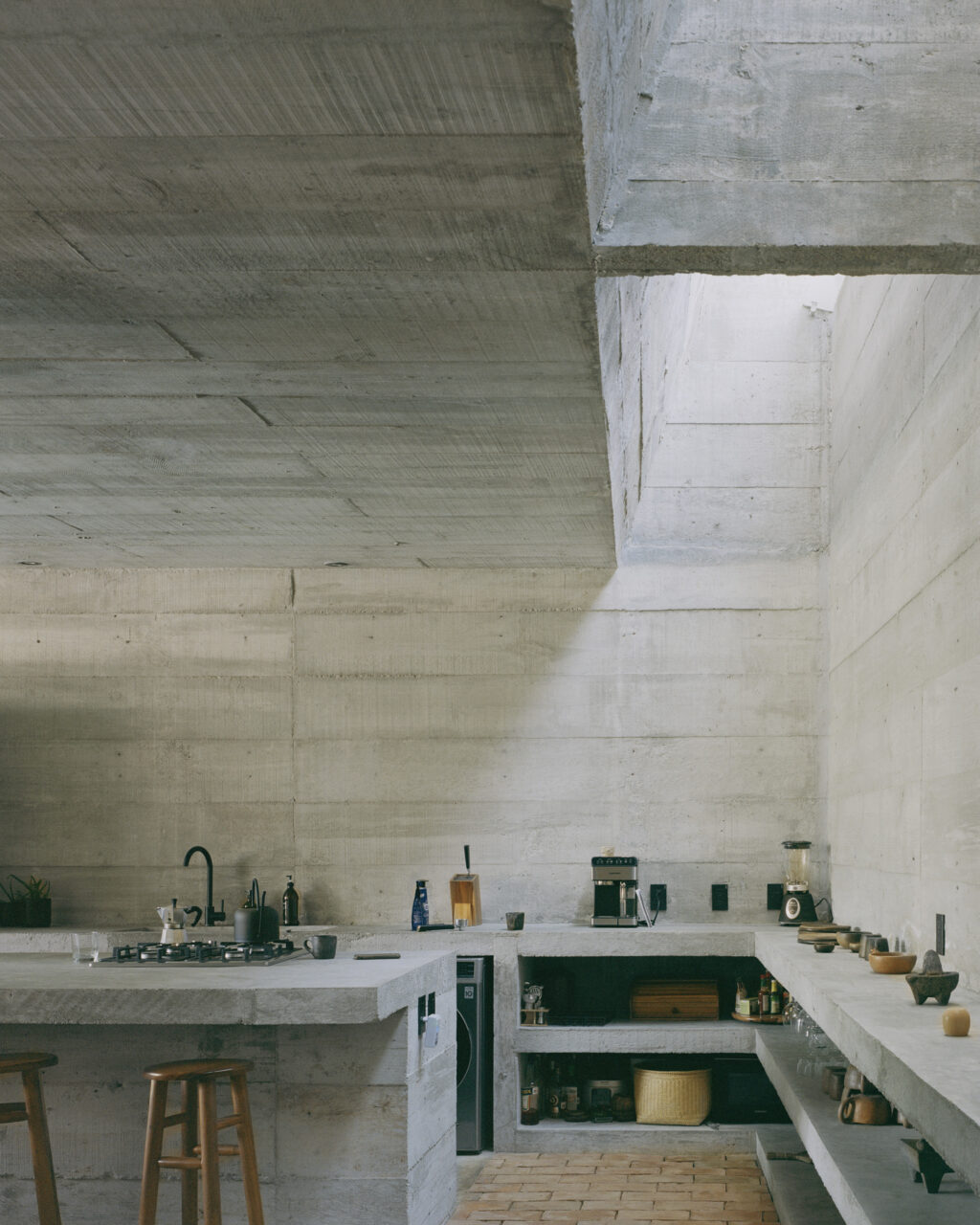Puerto Escondido, a tropical expanse of steep hills and big waves on the Pacific coast of Oaxaca, is blossoming into a veritable design destination. A growing local and international artistic community is coalescing around the Mexico Design Fair, Bosco Sodi’s Casa Wabi Arts Center, and Meridiano, a new gallery devoted to durational, site-specific work. All these surfers, artists, and collectors need places to stay, of course. And architect Ludwig Godefroy has led creative new design for innovative hotels and residences amid the region’s lush landscape


“This is a tropical area of Mexico,” Godefroy said. “We don’t need to protect ourselves from the cold.” Nor, he added, from air pollution or other “contamination that comes from a city.” To his mind, a local vernacular requires shade from the sun and shelter from the rain. “So why should we have the mythic facade and live the way you live in Mexico City or New York?”


Instead, he’s moving in circles. Last year, he opened Casa TO in Puerto Escondido’s fashionable La Punta neighborhood, just a few minutes from the bustling beaches. Its concrete-forward aesthetic is a Brutalist take on Oaxacan vernacular. This year, he’s completed Casa VO and Casa WO, a series of rentable dwellings radiating around interior gardens. Enormous round skylights let in enough sunlight to nourish the plantings without frying the residents. These circles also form walls and doorways throughout the V-shaped structure and the central courtyard, as well as passageways that organize the interiors.


All that arching architecture is concrete. “I’m getting very interested in getting rid of the unnecessary noise and concentrating on only a few simple materials,” Godefroy said. “They have to be timeless, and they have to be massive.” His material choices include brick for the floors and weighty woods for the doors, but still, concrete is the star: Its bulk creates much-needed shadows as temperatures climb throughout the day, and cleverly executed angles guide the area’s ample rain through a roof garden. Excess falls carefully onto lower plant beds and a reflecting pool. As opposed to the city, Godefroy said, “it’s a warm rain, and a clean one.”


Visitors can dry off in any of the four identical residences within Casas VO and WO. At the top of the V-shaped form are a nested bedroom and restroom. Below that there’s another bedroom, living and dining areas, and a kitchen ready for entertaining. Party walls perforated with large geometric voids visually connect the complex. Revelers come year-round to Puerto Escondido, and Casas VO and WO are ready for them. Yet Godefroy is thinking longer term than somebody’s next vacation spot. “Instead of getting damaged,” he said, the massive materials he favors “get even better-looking under the action of time. It’s stepping back to this idea of the patina, the old churches and haciendas of Mexico. You like it when it’s not brand new. You like the patina of time.”
